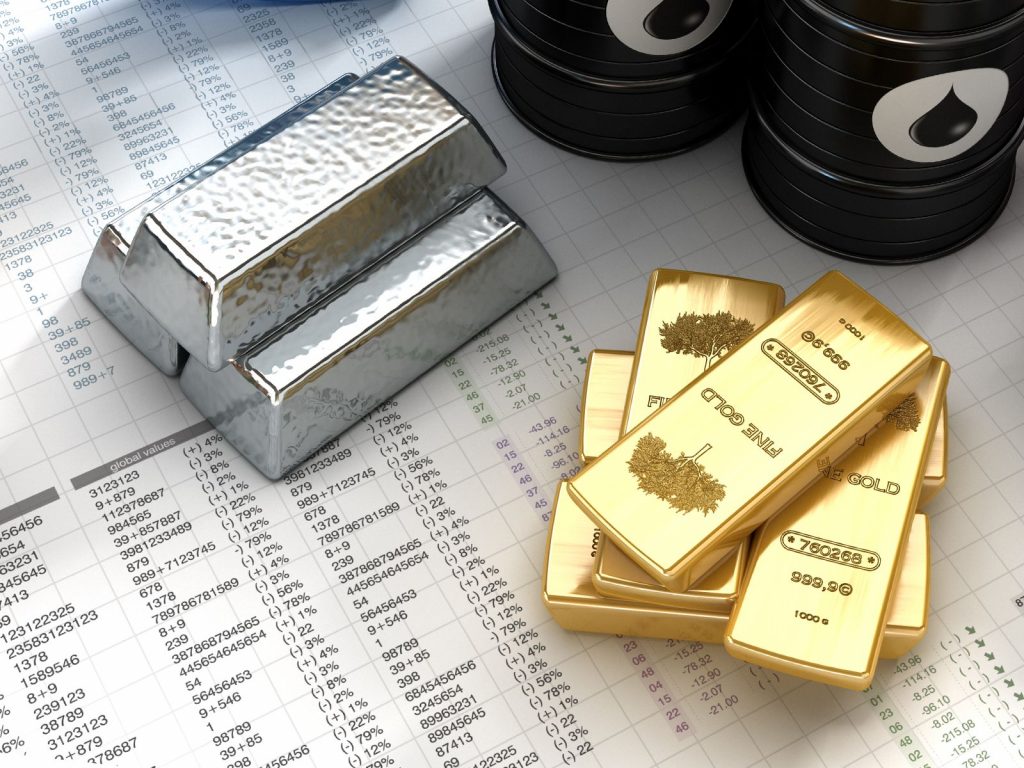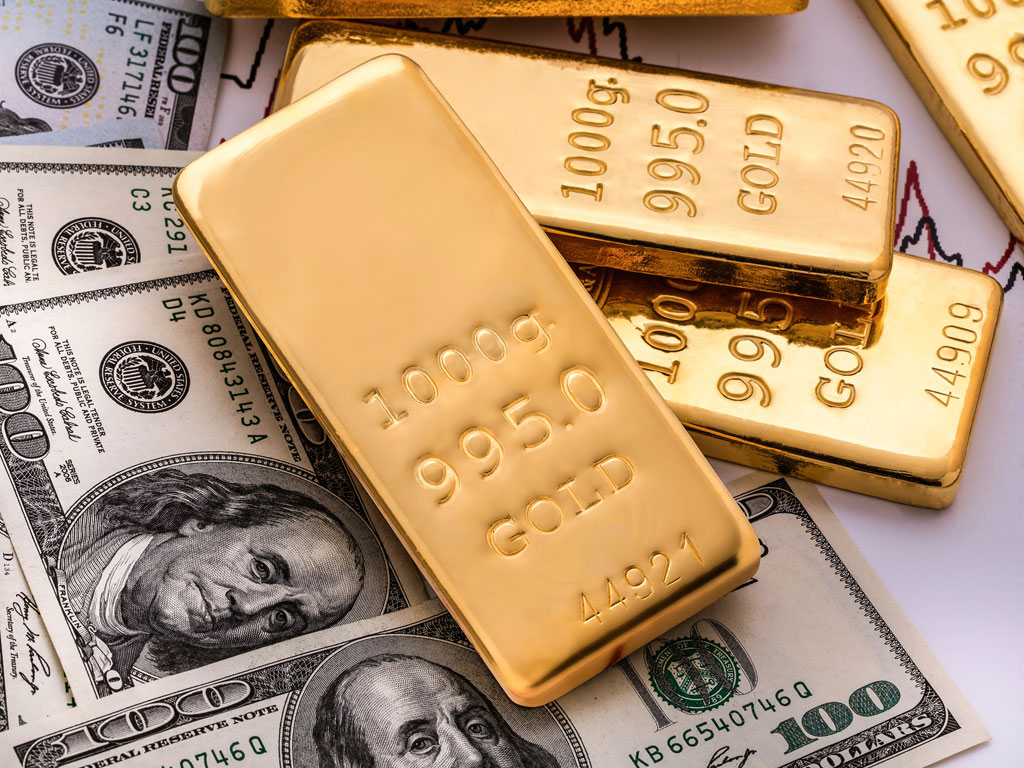Many beginners first question when they want to start investing in gold is, “When is the best time to buy gold?”
There is no one definitive answer to when the best time to buy gold is because the price of gold can be influenced by various factors, including economic and political conditions, supply and demand dynamics, inflation rates, and global events.
However, one strategy that some investors use is to dollar-cost average into their gold purchases, which involves buying a fixed dollar amount of gold at regular intervals over some time, regardless of the current market price. This can help to mitigate the impact of short-term fluctuations in the gold price and potentially provide a more stable investment over the long term.
Ultimately, the decision of when to buy gold should be based on an individual’s investment goals, risk tolerance, and financial circumstances. It is recommended to consult with a financial advisor or do thorough research before making any investment decisions.
The easiest way to acquire gold is with dollar cost averaging.
Dollar-cost averaging is an investment strategy that involves buying a fixed dollar amount of an asset, such as stocks, bonds, or gold, at regular intervals over a while. This approach allows investors to spread out their purchases and potentially reduce the impact of short-term market fluctuations on their investment returns. By investing a fixed amount regularly, investors buy more shares when prices are low and fewer shares when prices are high. Over time, this can result in a lower average cost per share and potentially provide a more stable investment over the long term.
Gold has a place in a balanced investment portfolio.
Gold has been a popular investment choice for centuries, and its value has been recognized by investors around the world. It is often considered a safe-haven asset that can provide a hedge against inflation, economic uncertainty, and geopolitical risks. As such, many investors consider including gold in their investment portfolios to diversify their holdings and balance their risks.
One of the key benefits of including gold in an investment portfolio is that it can provide a hedge against inflation. Unlike paper currency, which can be printed in unlimited quantities, gold is a finite resource that cannot be easily replicated. As such, its value is relatively stable over the long term and can provide a store of value that can protect against the erosion of purchasing power caused by inflation.
Gold can also provide a hedge against economic uncertainty and geopolitical risks. In times of financial turbulence or geopolitical instability, investors may flock to gold as a safe-haven asset, driving up its price and providing a hedge against potential losses in other parts of the portfolio. This can help to balance the risks of an investment portfolio and provide a buffer against volatility.
In addition to these benefits, gold can also help to diversify an investment portfolio and reduce its overall risk. By including gold in a portfolio that also includes stocks, bonds, and other assets, investors can spread out their risks and potentially reduce the impact of short-term market fluctuations on their investment returns.
Of course, it is important to remember that gold is not a magic bullet, and it should be considered as part of a broader investment strategy. Like any asset, gold comes with its risks and potential drawbacks, and investors should carefully consider their investment goals, risk tolerance, and financial circumstances before making any investment decisions.
This is why it is important to work with a reputable gold dealer when it is time to invest your hard-earned savings in the yellow metal. You need to investigate many gold dealers to see which is the best.
It is a good idea to read online reviews to see what other people are saying. You can start your investigation by reading reviews like this American Hartford Gold review.
Gold can play a valuable role in a balanced investment portfolio as a diversifying asset that can provide a hedge against inflation, economic uncertainty, and geopolitical risks. While it is not a panacea, it can help to balance the risks and rewards of an investment portfolio and potentially provide a stable store of value over the long term.
Why Aristotle viewed gold as money.
Aristotle’s criteria for something to be considered money were that it should be durable, divisible, consistent, convenient, and have intrinsic value.
Durable means that the material should be able to withstand wear and tear and maintain its value over time.
Divisible means that it should be possible to divide the material into smaller units of value that can be used for transactions of varying sizes.
Consistent means that the value of the material should be uniform, with no significant variations between different units of the same denomination.
Convenient means that the material should be easy to transport, store, and use in transactions.
Intrinsic value means that the material should have value in and of itself, rather than being a representation of value that depends on the trust in a particular institution or government.
Overall, Aristotle’s criteria reflect the idea that money should be a reliable, stable, and universally accepted medium of exchange that can facilitate trade and commerce.
How a Gold-Backed currency works.
A gold-backed currency is a monetary system in which the currency is tied to the value of gold. This means that each unit of currency is convertible into a fixed amount of gold, typically at a government-established exchange rate.
In a gold-backed currency system, the government or central bank holds a certain amount of gold reserves to back up the value of the currency. The value of the currency is therefore determined by the number of gold reserves held by the government or central bank.
A gold-backed currency system can provide stability to the monetary system and prevent excessive inflation, as the supply of money is directly tied to the availability of gold reserves. However, it can also limit the flexibility of monetary policy, as the supply of money is constrained by the availability of gold reserves.
Gold-backed currencies were commonly used in the past, but have largely been replaced by fiat currencies that are not tied to the value of any particular commodity.
Why Gold has endured throughout history.
Every culture on earth has valued gold.
Gold has been valued by every culture on earth for various reasons, including its rarity, durability, malleability, and beauty.
Gold is a relatively scarce resource that is difficult to extract from the earth, which makes it a symbol of wealth and power. It has been used as a form of currency, a medium of exchange, and a store of value throughout history, and it has played a central role in the development of many civilizations.
Gold is also highly durable and resistant to corrosion, which makes it an ideal material for jewelry and decorative objects that can last for centuries or even millennia. Its malleability and ductility also make it easy to work with and shape into intricate designs, further enhancing its aesthetic appeal.
Additionally, gold has been associated with spirituality and the divine in many cultures, and it has been used in religious ceremonies and rituals as a symbol of purity and enlightenment.
Overall, the various properties of gold have made it a highly prized and sought-after commodity throughout history, and its cultural and symbolic significance has further enhanced its value and appeal.



